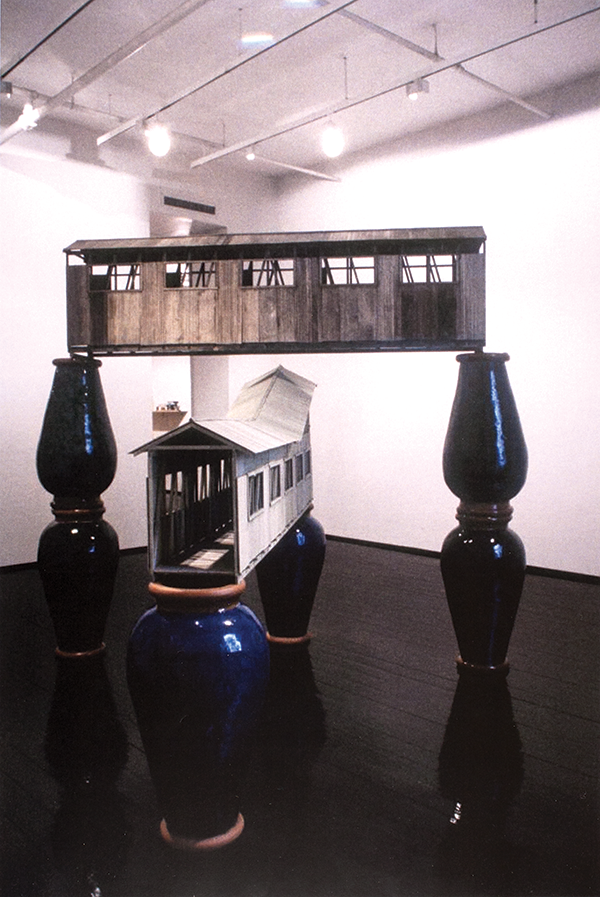
During the 1970s and 1980s, new networks of galleries, collectors, and institutions arose that focused on architectural representations. These networks were integral to the emergence of architectural drawings as primary objects of interest, as they shifted the general perception of architectural drawings from useful objects to aesthetic ones. This essay examines the Max Protetch Gallery in New York, and the network that developed around it, and their role in the shift. Their promotion of contemporary and historical architectural drawings and the gallery’s involvement with architectural archives were significant for their impact on rethinking the boundaries of architectural discourse and practice, as well as architectural history.
Continue Reading:






